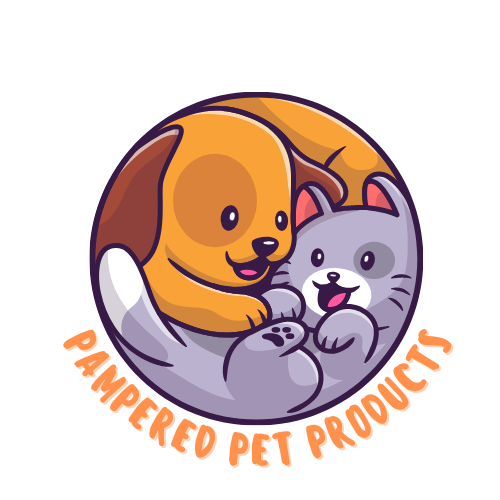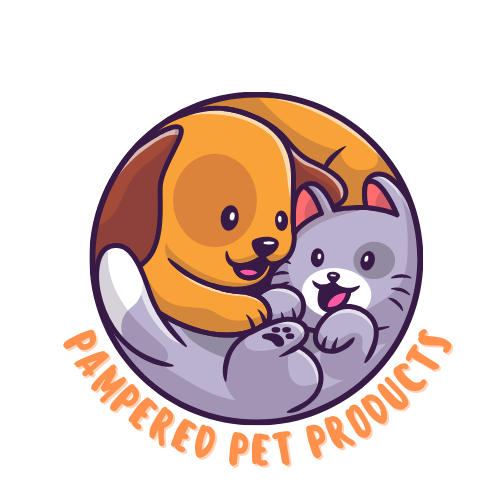
We would like to hear from you with any feedback about our website or products.
Pets are more than just animals we care for; they are valued members of our families. As a pet owner, it’s not just your love and companionship that are essential to your pet’s well-being but also the environment you provide. A safe and enriching environment is the foundation for ensuring your pet leads a happy, healthy life. In this comprehensive guide, we’ll walk you through the essentials of creating an optimal living space for your furry, scaly, or feathery friend.
A pet-friendly environment goes beyond comfortable bedding and tasty treats. It encompasses every aspect of your home and lifestyle, ensuring your pet’s physical, emotional, and psychological needs are met. A well-designed space not only keeps your pet physically safe but also encourages their natural behaviors, promotes good health, and provides a sense of security.
But why is this so crucial? Well, just as you thrive in a space that’s organized, secure, and feels like ‘home,’ your pet requires similar conditions to flourish. For instance, mental stimulation is vital for preventing boredom-related behaviors like excessive chewing or aggression. A secure environment reduces the risk of accidents or injuries, while a sanitary living space mitigates health concerns. By understanding and implementing the right practices, you’re actively investing in your pet’s quality of life.
Your pet’s environment can sometimes be filled with unexpected hazards. A few adjustments can significantly enhance their safety and prevent common accidents.
Start by getting down to your pet’s level to identify potential dangers. Secure cabinets with cleaning supplies, keep electrical cords out of reach, and use baby gates to block off areas with hazards like stairs. If you have a particularly curious pet, consider investing in pet-safe LATCH drawers and drawer locks for added peace of mind.
Toys and accessories play a significant role in your pet’s daily life. Look for toys that are durable and appropriate for your pet’s size and energy level. Avoid items with small, ingestible parts or toxic materials. For everyday supplies, choose non-toxic, stainless steel bowls for food and water to avoid any potential harm.
Your pet’s diet is the bedrock of their health. Ensure your pet is receiving a well-balanced diet appropriate for their species and life stage. Portion control is key as obesity can lead to a multitude of health issues. Provide access to fresh water and clean their bowls daily to prevent bacterial growth.
Just like humans, pets require emotional fulfillment. Here are ways to ensure your pet’s emotional well-being:
Pets are social creatures, and regular interaction with family members and other pets can prevent loneliness and depression. Organize playdates, take your dog to a dog-friendly park, or have scheduled cuddle time with your cat. This socializing not only enriches their life but also strengthens the bond between you and your pet.
Incorporate activities that stimulate their minds. Puzzle feeders, interactive toys, and training exercises keep them engaged and happy. Rotate their toys to keep playtime exciting and fresh.
Provide a comfortable resting area tailored to their needs. Whether it’s a cozy bed, a hiding spot for your cat, or a favorite spot on the couch, your pet should have a place they can call their own. Ensure this area is free from disturbances to give them a sense of security.
Maintaining your pet’s health and hygiene is crucial to preventing illnesses and maintaining their well-being.
Scheduled visits to the veterinarian are essential. These visits can catch health problems early and keep your pet up-to-date on vaccinations and preventative medications.
Regular grooming keeps your pet healthy and comfortable. Brushing their fur, clipping nails, and cleaning their ears are routine tasks. For certain breeds, professional grooming services may be necessary to maintain their coat and skin health.
Keep common areas clean and pet-friendly. Use pet-safe cleaning products to avoid toxic exposure. Clean their litter boxes, cages, or living spaces regularly to maintain hygiene and prevent the spread of diseases.
While the outdoors offer space for your pet to roam and play, it also presents a host of potential risks.
Always supervise your pet when they’re outside, especially in unfenced areas. A well-maintained fence can prevent wandering and protect your pet from traffic or wildlife. Consider a retractable pet gate for areas without a permanent enclosure to offer flexibility in pet movement.
In case your pet does get lost, identification is key. Microchipping is a permanent solution, but traditional ID tags are also effective. Make sure your contact information is current and easily readable.
Design your outdoor space with your pet’s safety in mind. Choose pet-safe plants and eliminate pests with pet-safe methods. Ensure there are shaded areas and access to fresh water, especially in warmer climates.
By taking the time to create a safe and enriching environment for your pet, you’re setting the stage for a lasting and fulfilling relationship. The effort you put into making your home pet-friendly benefits not only your furry friend but also you, as you’ll have the joy of a happy, healthy companion by your side for years to come.
Remember, your attention to detail shows your pet how much they’re valued. If you’d like to take your pet’s comfort to the next level, explore the range of premium pet products offered by Pampered Pet Products. From luxurious bedding to innovative grooming tools, these products can add an extra layer of comfort and joy to your pet’s life, making your home truly a haven for your beloved companion.

We would like to hear from you with any feedback about our website or products.
